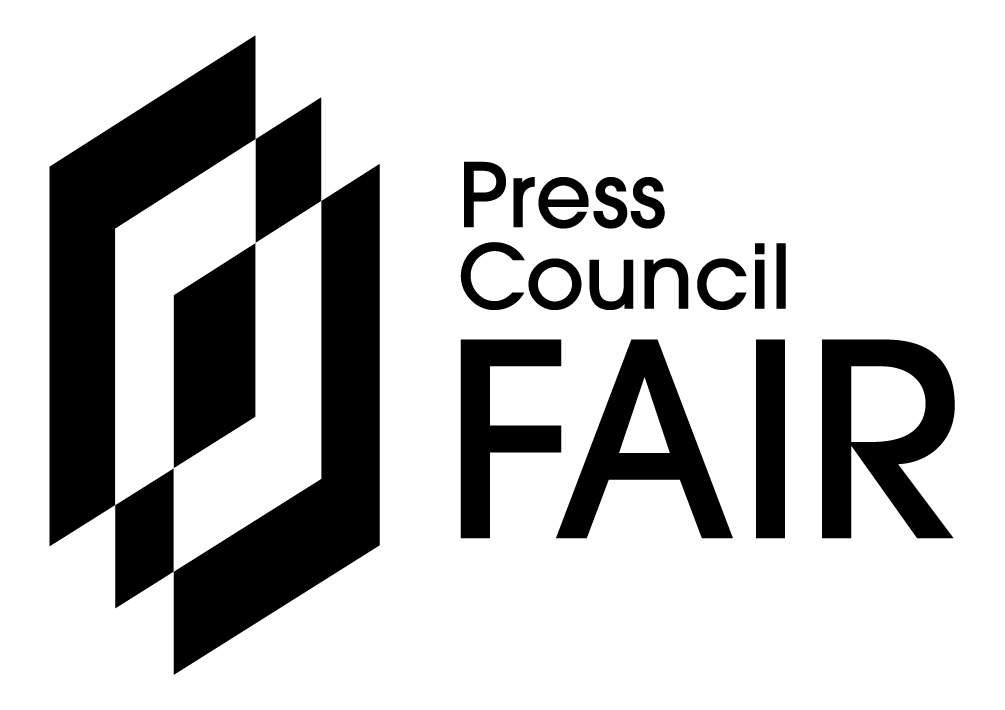BUSINESS NEWS - Finance minister Enoch Godongwana announced the new inflation target in his medium term budget policty statement this afternoon as economists expected and also confirmed that work is in progress to establish a fiscal anchor.
Godongwana pointed out that fiscal and monetary policies, the twin pillars of economic governance, must work together to lower inflation and borrowing costs for households and firms, while keeping debt-servicing costs affordable.
He said the National Treasury and the South African Reserve Bank (Sarb) jointly assessed the impact of a lower inflation target on the economy and fiscal framework.
“This work has now been concluded and recommends a revision to the target to strengthen the framework and enhance price stability by better anchoring inflation expectations and aligning South Africa to international best practice,” Godongwana said.
“Today I announce a new inflation target for South Africa of 3%, with a 1% tolerance band. This decision follows agreement between the governor of the Sarb and my consultations with the President and cabinet.”
1% band on inflation target of 3% offers flexibility
Godongwana said the 1% band provides flexibility to accommodate any unexpected inflationary shocks and is in line with South Africa’s approach to inflation targeting, which has always been a flexible one, looking beyond short-run deviations in inflation.
“The Reserve Bank will pursue the target on a continuous basis and clearly communicate any deviations. This new target immediately replaces the previous target range of between 3% and 6% and will be implemented over the next two years.
“Over time, the lower target will decrease inflation expectations and inflation, creating room for lower interest rates. This supports household spending and business investment, boosting economic growth and job creation.”
There is a price to pay for a lower inflation target
He warned that the short-term fiscal costs of a lower target, which include lower nominal gross domestic product (GDP) and revenue growth, will make achieving fiscal targets more challenging.
However, he said, the long-term benefits of taking this step far outweigh these costs. “We remain committed to ensuring that our macroeconomic policies serve the best interests of all South Africans.”
Reserve Bank governor Lesetja Kganyago repeatedly said over the past year that a 3% anchor would provide greater long-term benefits than the range between 3% and 6%.
Godongwana was reportedly not happy about being pressured to lower the inflation target, but the National Treasury recently said that it had completed the work to assess a 3% inflation target.
Fiscal anchor also coming
A fiscal anchor is a financial guardrail or clear rule for how much government can spend, borrow or rack up deficits. It is supposed to stop runaway debt, higher taxes and service cuts in the future.
There has also been talk about a fiscal anchor and Godongwana said to further ensure long-term sustainability of public finances, the government is considering options for a formal fiscal anchor.
“We are exploring a principles-led approach that provides for clear parliamentary oversight, stronger reporting on fiscal risks and transparency on distributional impacts. Earlier this year, we published a discussion paper on this topic and consultations with stakeholders and experts are ongoing.”
Article: Caxton publication, The Citizen
‘We bring you the latest Garden Route, Hessequa, Karoo news’
















